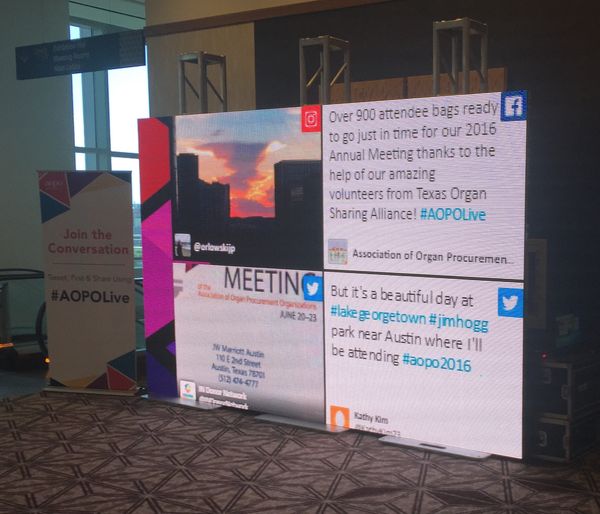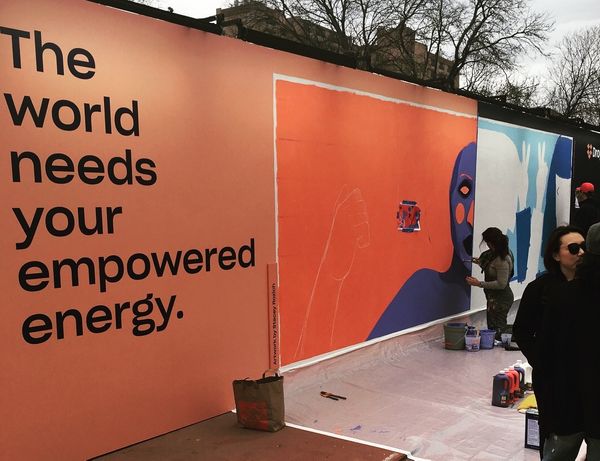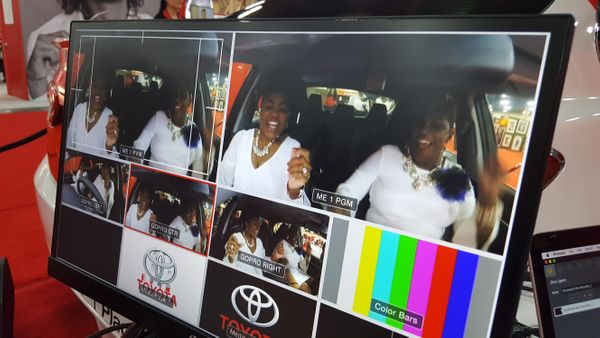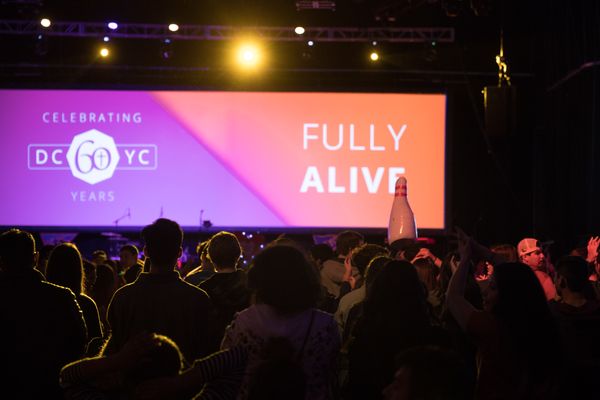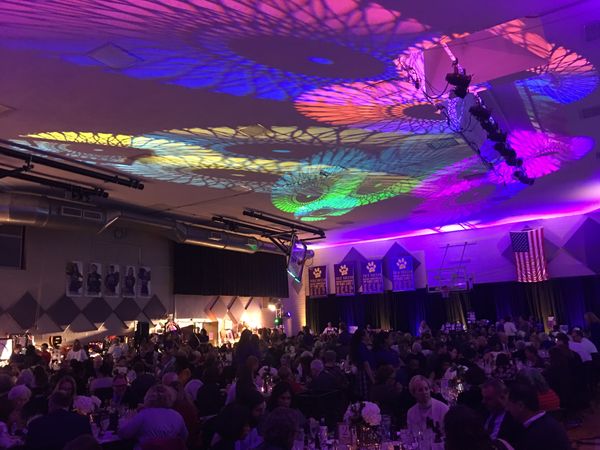The event industry continues to change each year because of the emergence of innovative technology and new ideas. In this blog we are going to delve into some of the things that have transformed the industry throughout the years and how event professionals and attendees have adapted!
Events aren’t successful without careful planning and organization, and the way event teams are structured and managed has changed. Just 8 years ago, event teams were set up with multiple managers who had different methods on event planning. According to an article written by Tom Crawford, stakeholders held all the power in planning, there were no budgetary or expense controls and event success wasn’t measured the same way it is now. Today, event teams are at the forefront of the planning process and specific positions based on skill-sets, such as Customer Experience Managers, Meeting Designers and Event Tech Experts, have emerged. Event success wasn’t determined by factors or research whereas now, in order to see the value of a specific event, teams are sending out surveys, tracking sales or money raised, counting the number of attendees, following social media mentions and more.
The event business significantly advanced in the 1990s with the invention of the internet! With websites and emails, event professionals could communicate and market their events more effectively and efficiently. However, the planning process didn’t become fully digital right away.
“Back in the year 2000 many things were still being physically mailed or faxed, even though the internet was around, I remember still racing to FedEx or physically mailing back a survey or registration form to an event,” says Errol Ahearn, an event marketing professional, in an article by BizBash.
As the technology and the popularity of laptops and smartphones continued to advance throughout the 2000s, planning and communication started to become completely possible on a digital platform. Binders full of contracts, maps and menus disappeared with the development of cloud-based systems. Event teams, vendors, venues and more started to collaborate through mobile agendas and itineraries. They now have everything from important lists to production designs right in their pocket and are able to make quick changes or contact anyone within a matter of minutes.

